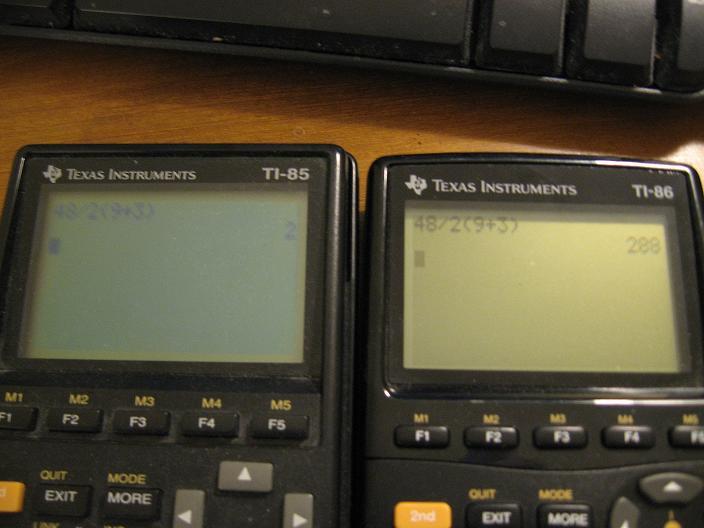benbo
Well-known member
- Joined
- May 11, 2006
- Messages
- 2,370
- Reaction score
- 3
sin(X + Y) = sinx + y ?
sin(0+0) = sin0 + 0 = 0 + 0 = 0 = sin(0).
That proves it, right?

I may have located a technical explanation -
http://www.schooltube.com/video/efb63be016b142e4a64c/
sin(0+0) = sin0 + 0 = 0 + 0 = 0 = sin(0).
That proves it, right?
I may have located a technical explanation -
http://www.schooltube.com/video/efb63be016b142e4a64c/
Last edited by a moderator:





